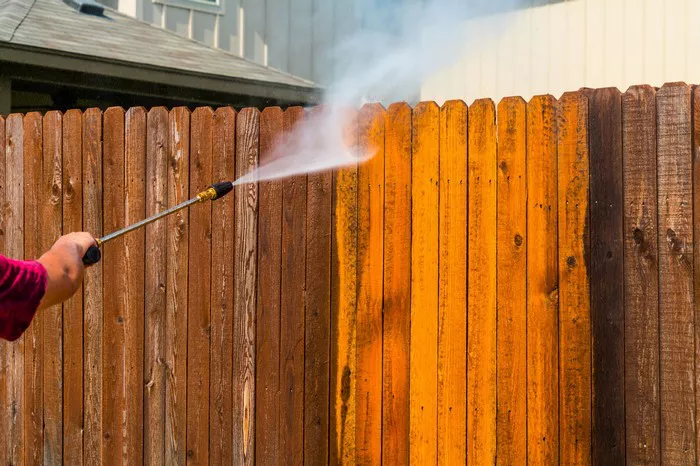Pressure washers are powerful cleaning machines used for a variety of tasks, from washing cars and driveways to cleaning outdoor surfaces and equipment. These machines work by pressurizing water and expelling it through a narrow nozzle at high velocity, effectively blasting away dirt, grime, and stains. However, one common issue that users may encounter is a loss of pressure, which can significantly reduce the effectiveness of the cleaning process.
The Problem:
Maintaining proper pressure is crucial for ensuring that a pressure washer performs optimally. When pressure is lost, cleaning efficiency decreases, and tasks that should be quick and effortless can become frustratingly time-consuming. Understanding the causes of pressure loss and how to troubleshoot them is essential for maintaining the performance and longevity of your pressure washer.
Common Causes:
1. Clogged Nozzle or Spray Gun: A clogged nozzle or spray gun is one of the most common reasons for pressure loss in a pressure washer. Over time, debris such as dirt, sand, or soap residue can accumulate and block the narrow openings, restricting water flow and reducing pressure. Regular cleaning and maintenance of these components are essential to prevent clogs and maintain optimal pressure.
2. Air Leaks: Air leaks in hoses, connections, or seals can also lead to pressure loss in a pressure washer. These leaks allow air to enter the system, disrupting the flow of water and reducing pressure. Common sources of air leaks include worn-out seals, loose connections, or damaged hoses. Sealing these leaks with Teflon tape or replacing damaged components can help restore pressure to the system.
3. Pump Issues: The pump is the heart of a pressure washer, responsible for pressurizing the water before it is expelled through the nozzle. Worn-out or damaged pump components, such as seals, valves, or pistons, can result in pressure loss. Regular inspection and maintenance of the pump are essential to identify and address any issues before they escalate and cause a significant drop in pressure.
4. Water Supply Problems: Insufficient water flow or low water pressure from the source can also contribute to pressure loss in a pressure washer. If the water supply is inadequate, the pump may struggle to pressurize the water effectively, resulting in reduced pressure at the nozzle. Checking hoses, connections, and water inlet filters for blockages or restrictions can help ensure proper water supply to the pressure washer.
Troubleshooting Steps:
If you’re experiencing pressure loss in your pressure washer, here are some troubleshooting steps you can take to identify and address the issue:
1. Inspect and Clean the Nozzle, Spray Gun, and Filters: Start by inspecting the nozzle, spray gun, and any filters in the system for signs of debris or clogs. Remove any obstructions and clean these components thoroughly to restore proper water flow and pressure.
2. Check for Air Leaks: Carefully inspect hoses, connections, and seals for signs of air leaks. Use Teflon tape to seal any leaks or replace damaged components to prevent air from entering the system and disrupting pressure.
3. Examine the Pump: Check the pump for signs of wear or damage, such as leaks, unusual noises, or reduced performance. If any issues are detected, repair or replace pump components as needed to restore optimal pressure.
4. Ensure Proper Water Supply: Verify that the water supply to the pressure washer is sufficient and free from obstructions. Check hoses, connections, and water inlet filters for blockages or restrictions, and address any issues to ensure proper water flow to the pump.
Preventive Maintenance Tips:
To avoid pressure washer issues in the future, follow these preventive maintenance tips:
1. Regular Cleaning and Inspection: Clean and inspect your pressure washer before and after each use to prevent debris buildup and identify any potential issues early.
2. Use a Descaling Solution: Periodically use a descaling solution to remove mineral deposits2. from the pump, which can affect performance and lead to pressure loss.
3. Proper Storage: Store your pressure washer in a clean, dry area away from extreme temperatures to prevent damage and prolong its lifespan.
4. Follow Manufacturer Recommendations: Adhere to the manufacturer’s recommendations for maintenance and servicing to ensure optimal performance and avoid potential issues.
Conclusion:
In conclusion, pressure washer pressure loss can be a frustrating issue that affects cleaning efficiency and performance. By understanding the common causes of pressure loss and following the troubleshooting steps outlined above, you can identify and address the root cause of the problem, restoring your pressure washer to optimal working condition. Remember to perform regular maintenance and follow preventive measures to keep your pressure washer running smoothly. If you have any further questions or concerns, don’t hesitate to reach out for assistance.

